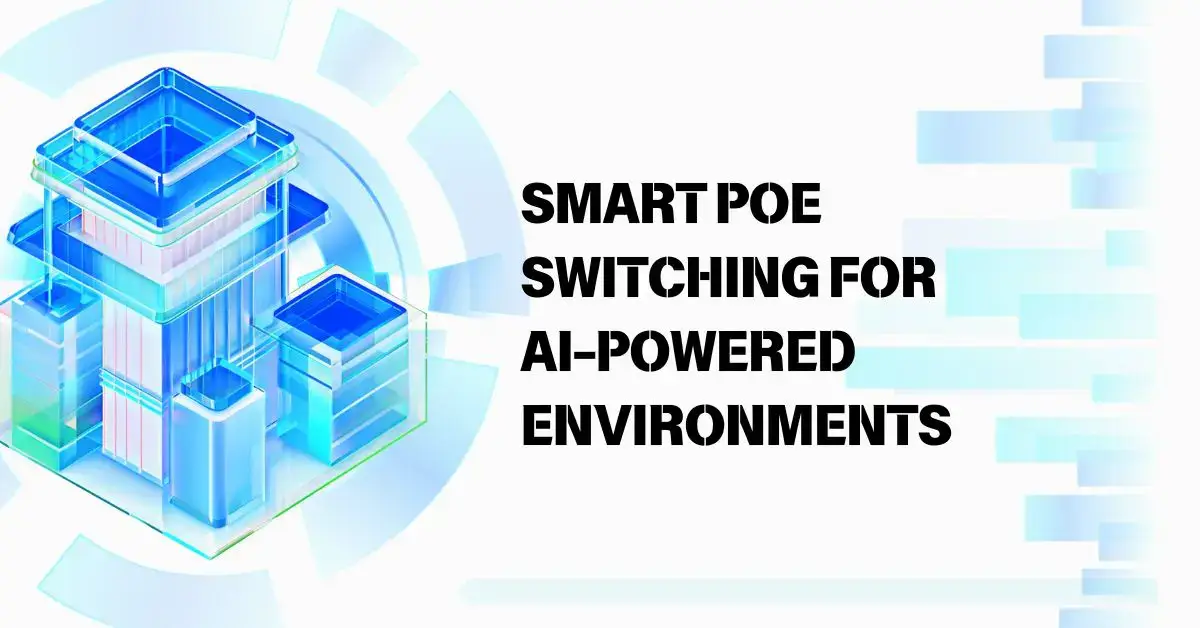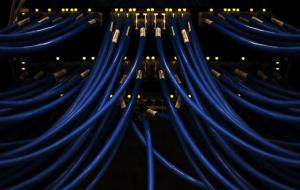As businesses and governments work toward more sustainable operations, every part of the IT infrastructure is under scrutiny—including the network. While often overlooked, networking equipment plays a significant role in energy consumption, especially as devices multiply and bandwidth demands rise.
Enter 2.5G Power-over-Ethernet (PoE) switches the next-generation solution that’s not just faster, but smarter and greener. By delivering both data and power over a single cable, and doing so more efficiently, 2.5G PoE helps lay the foundation for environmentally responsible, energy-efficient networks.
Efficient Power Delivery with 2.5G PoE
Traditional networks require separate power sources for each connected device, leading to higher energy use and more complex infrastructure. 2.5G PoE switches solve this by providing intelligent, streamlined power delivery over Ethernet cables, supporting modern devices while using less energy.
These switches dynamically adjust power output based on device requirements eliminating wasted energy on idle or low-power devices. Whether powering a Wi-Fi 6 access point, a smart sensor, or an IP camera, 2.5G PoE provides just the right amount of power, reducing unnecessary draw and heat generation.
Empowering Smart Energy Management in Green Buildings
Smart buildings are increasingly adopting AI-driven systems for lighting, HVAC, access control, and security—all of which rely on a dense network of connected devices. 2.5G PoE switches are ideal for such setups, offering:
- Precision power monitoring to optimize device performance and reduce energy usage
- Support for building automation systems that manage energy consumption in real time
- Simplified deployment with fewer cables and power sources, which contributes to cleaner, more efficient designs
This makes 2.5G PoE a natural fit for LEED-certified buildings, net-zero energy projects, and other eco-conscious infrastructure.
Reduced Cabling, Reduced Carbon Footprint
One of the most underrated green benefits of 2.5G PoE is its reduction in physical infrastructure. By combining power and data into a single Cat5e or Cat6 cable (already common in most installations), PoE eliminates the need for separate electrical wiring, wall adapters, and outlet provisioning.
This not only cuts down on material waste but also reduces installation time, labor costs, and energy consumption associated with power conversion. Fewer materials mean a lower embodied carbon footprint, supporting broader sustainability goals.
Real-World Examples of Sustainable PoE Deployments
Across industries, eco-conscious organizations are already leveraging 2.5G PoE to meet their green mandates:
- Universities and campuses are using PoE to power smart lighting, climate sensors, and access control systems—centralized and managed remotely to reduce energy usage.
- Sustainable data centers deploy PoE to support edge computing nodes without requiring additional power infrastructure, reducing cooling and electrical load.
- Retail chains are implementing smart surveillance and signage powered by PoE to reduce energy waste and align with corporate sustainability initiatives.
These examples show how 2.5G PoE is not just a technical upgrade it’s a strategic asset in achieving environmental goals.
Building a Sustainable Network, One Switch at a Time
As organizations pursue greener IT strategies, 2.5G PoE switches offer a practical, impactful way to reduce energy usage and simplify infrastructure. With their ability to deliver faster data, smarter power, and lower environmental impact, they are becoming a cornerstone of sustainable networking.
Whether you’re designing a new smart building, upgrading legacy infrastructure, or supporting corporate ESG goals, 2.5G PoE empowers you to build smarter and greener from the ground up.
Upgrade now and prepare your WISP for the future of high-speed networking!



